The majority of the oolong tea types belong to the most treasured teas in the world.
Their quality depends to a large extent on the person making it, as well as the amount of care taken during the cultivation process.
A simple mistake in the production methods may create an unpleasant aroma that can directly affect its taste.
When oolong is correctly produced, however, the result is a tea that improves with each steep in a way that green or black tea never can.
A good quality oolong tea can be steeped many times and may produce a different, more pleasurable taste experience with each brew.
Try this with English breakfast tea, and all you’ll end up with is brown water…
Contents
Oolong Is All About the Oxidation
Oolongs are sometimes known as ‘partially oxidized’ teas, and it’s easy to understand why. Oxidation begins the moment the tea is picked.
Farmers interrupt it at precisely the right stage of the cultivation method. Henceforth, the term ‘oolong’ applies to any tea whose oxidation falls between 8-80%.
Oxidation heats the oolong leaves. A prolonged oxidation process, however, produces a malty black tea with high levels of acidity.
Timing is crucial, but it’s not the only critical factor in oolong production. Oolong cultivation comprises methods and guidelines which you must follow.
It all depends on the amount of time the leaves need to wither. Then, it continues to the way they are mixed, blended, rolled, and pressed. All at specific humidity levels and temperatures.
These processes take place before the final roasting, after which most teas are fit to drink.
Oolong Tea Production
The cultivation of oolong tea is a process handed down over the centuries. However, it depends on the skill and knowledge of traditional oolong farmers.
As you can imagine, production takes several days. As a result, it involves a dozen of different phases.
The water in the leaves vaporizes to the correct levels. Also, the tea must be precisely pressed and bruised. It allows the leaves to develop the desired taste and aroma, too.
By looking at the leaves, smelling, feeling, and touching them, expert oolong farmers know exactly which ingredients their teas require.
On the other hand, modern oolong producers are not above the usage of substantial machines and state-of-the-art thermoregulation instruments. It provides a reliable, quality, beneficial, and delicious product, by all means.
As an integral part of their culture, China and Taiwan are well-known as the main producers of oolong teas.
However, the teas from these two very countries differ in many ways. Besides, each has its unique taste, texture, and leaf shape.
Depending on the type of oolong, the tea oxidizes between 8% and 80%. This process determines the color and flavor of the tea. Such is the variety of available oolongs it can be confusing to find your favorite.
So, to make finding the oolong tea you love the most a little bit easier, here is a short overview of the different types of oolong tea. It includes their region of origin and oxidation levels.
China Oolong Teas
Fujian
In Fujian, the production of tea mainly takes place in two regions: Anxi county and the Wuyi Mountains. These areas are both major centers for the production of oolong tea in China.
Wuyi Mountains
This is where the most expensive and exotic oolong teas are produced. Labeled as ‘famous Chinese teas’ or Si-da Ming Cong Teas, they are one of the most famous Wuyi Oolong teas.
The location is also accredited for its traditional, organic production methods. Here are some well-known cliff teas:
- Da Hong Pao is a prized tea, as well as Si Da Ming Cong tea.
- Shui Jin Gui or “Golden Water Turtle” is also a Si Da Ming Cong tea.
- Tieluohan, known as “Iron Arhat”: Another ‘famous tea’.
- Bai Jiguan aka “White Cockscomb”: Also a Si Da Ming Cong tea. This is a pale white tea with soft yellow leaves.
- Rougui is a bold, dark tea with a lively, spicy fragrance.
- Shui Xian is also called (“Narcissus”). It’s a dark tea, much of which is produced and developed in Fujian.
Anxi Region
-
Product: Tieguanyin (Tie guan Yin) Oolong tea.
Tieguanyin, the “Iron Goddess of Mercy”: An illustrious Chinese tea.
- Huangjin Gui (“Golden Osmanthus” or “Golden Cassius”): A close relative of the Tieguanyin. Its flavor is deliciously aromatic.
Guandong
It’s referred to as Rou Gui Xiang, Guangdong, Single Bush Dancong, or famously known as Phoenix oolong.
A group of oolong teas from the Guangdong Province. Dancong teas have a natural ability to mimic the flavors and aromas of a variety of fruits and flowers. It can be orchid, grapefruit, orange blossom, ginger, ginger flower, and almond, plus many more.
Dancong was originally the term used when people referred to Phoenix teas that were all picked from the same tree.
More recently, however, it has become the term used for all of the Phoenix mountain oolong teas. Authentic Dancongs, while still produced, are no longer common outside of China.
Taiwan Oolong Tea
In the 18th century, the cultivation of tea began in Taiwan. Nowadays, many of the Fujian grown teas are also cultivated in Taiwan.
Since the 1970s Taiwan’s tea industry has advanced rapidly to keep in step with the rest of its economy.
After all, Taiwan has such a tea-loving culture and a very high domestic demand. Thus, most of their tea production is bought and consumed by its population.
Because the weather in Taiwan is very unpredictable, the quality of their tea can vary with each season. Taiwan is not a very large island, and it has many geographic variations. Frequent mountains tower above very low coastal plains.
The varying weather, temperatures, and differences in soil per region lead to a huge amount of aromas and flavors of Taiwan tea.
Varieties that grow in very highly elevated areas are known to produce a unique, sweet tea that carries quite a hefty price tag.
Taiwan Oolong Tea Types
-
Dongding
(a.k.a Ice Peak/ Frozen Summit): Named in honor of the Nantou County mountain. Cultivated in the central part of Taiwan, this tea is snugly rolled and produces an unforgettable aroma.
-
Product: Oriental beauty oolong tea.
Dongfang Meiren
(a.k.a Oriental Beauty) is a capricious tea with leaves bearing golden or white tips, with a fruity fragrance and a vivid red appearance, topped off with a delectable taste.
-
Alishan
oolong tea is grown in the Alishan region of Chiayi County. It has large rolled leaves with a greenish-purple aesthetic when it dries.
Grown at elevations of 1,000 to 1,400 meters the tea has only a small time frame to benefit from strong sunlight. This results in a less astringent, yet sweeter brew. The tea is daffodil yellow with fruity notes.
-
Gao Shan
(a.k.a High Mountian) oolong teas grow close to the Lishan mountain in north-central Taiwan.
This brew is quite similar in looks to Alishan teas. It grows at elevations above 1,000 meters. Lishan, Fusou, and Dayuling are the most widely known regions for the teas of Lishan.
The tea frequently grows on the obscure Taiwanese Mango, a relative of the tropical mango tree. The thin branches provide excellent exposure to the sun and offer excellent support for the vines of the tea plant.
-
Pouchong
is the most floral and lightest of oolongs, with leaves of a pale green to brownish hue when unrolled. Although grown in Fujian originally, today it is widely produced near Taipei, in the Pinglin Township.
-
Product: Jin Xuan oolong tea.
Jin Xuan
is a group of oolong teas, created in 1980. Widely famous by the name Milk Oolong, this tea has smooth, frothy, and easy to drink texture and taste.
However, traditional milk oolong doesn’t contain any dairy products and originates from Taiwan. -
Osmanthus
is a deep, roasted type of oolong. Its flavor is scented with a flower called osmanthus. Also, it’s ideal for tea enthusiasts that love fresh and high-quality oolong tea.
-
Goashan
is a reference to several types of oolong cultivated in central Taiwanese mountains. It includes varieties such as Alishan, Li Shan, Wu Shei, and Yu-Shan.
-
Tieguanyin
is transported from Anxi County, developing Taiwan’s innovation of the tea. It now grows on the hills of the Muzha area close to Taipei. With more than a century of cultivation, the tea has developed a unique flavor all of its own.
Vietnamese Oolong Tea
For centuries, tea has played a significant role in Vietnamese culture. And its no wonder.
The climate in Vietnam is ideal for cultivating tea, and the country has excelled as a producer for both domestic and international consumption.
If it hadn’t been for Vietnam’s tragic history of armed conflict, the country would today be one of the major tea produces in the world.
Thankfully, this situation has now changed, and Vietnam is well on its way to becoming a major player in the global tea industry.
As with other oolong tea types, the Vietnamese oolong uses the larger leaves of the plant, unlike other teas that focus solely on the bud.
Vietnamese oolong traditionally relies on its century-old craftsmanship to create a host of high-quality teas.
One of the most famous Vietnamese oolongs is the curly-leafed, dark green Imperial variant. Once infused, this tea turns light green.
It is a tell-tale sign of low oxidation levels and produces a tea with the soft and sweet nuances of honey.
Other Oolong Tea Types
Other notable varieties include:
- Darjeeling oolong: An Indian tea grown according to Chinese techniques.
- Assam smoked oolong: This tea is smoked over open flames and is also made by following Chinese methods.
- Zealong: Grown not far from Hamilton, New Zealand.
The diversity of oolong is enormous. The tea is not only sorted into different types but also different categories. Some of the most notable groupings of oolong tea include monkey picked and milk oolong tea.
Monkey Picked Explained
Discovered in the 18th century in Fujian province, monkey picked derives its name from a folk tale. It claims that local monks train monkeys, native to the mountainous region, to pick the tea from the highest branches.
The term later evolved to mean tea of the very highest quality. Monkey picked teas are among the most authentic oolong teas. It is still produced on a small scale and prepared by traditional family tea handlers.
The most popular monkey picked tea is the Tie Guan Yin (Tieguanyin) which is also among the rarest oolongs in the world.
Milk Oolong Tea
The title ‘milk oolong’ tea type comes from the tea’s floral aroma and its milky sweet taste. However, it should not be confused with intentionally adding milk into your tea.
Milk oolong has gained popularity as one of the most delicious oolong teas. That is thanks to its light yet flavorful taste. One of the most famous tea in this category is the Jin Xuan oolong which originates from Taiwan.
The oxidation process of milk oolong twists the leaves and gives them the dark green/brown color. Once the tea master is satisfied with the level of oxidation, the leaves are heated to stop the oxidation.
This process repeats a number of times until it reaches the desired result.
It should come as no surprise that the best oolongs grow in harsh, mountainous regions.
The location of the plant plays a crucial role in the nutritional facts, producing the unique flavor the tea acquires after oxidation. T
he best creamy teas benefit from the environmental conditions of their surroundings to fully develop their aromas and flavors.

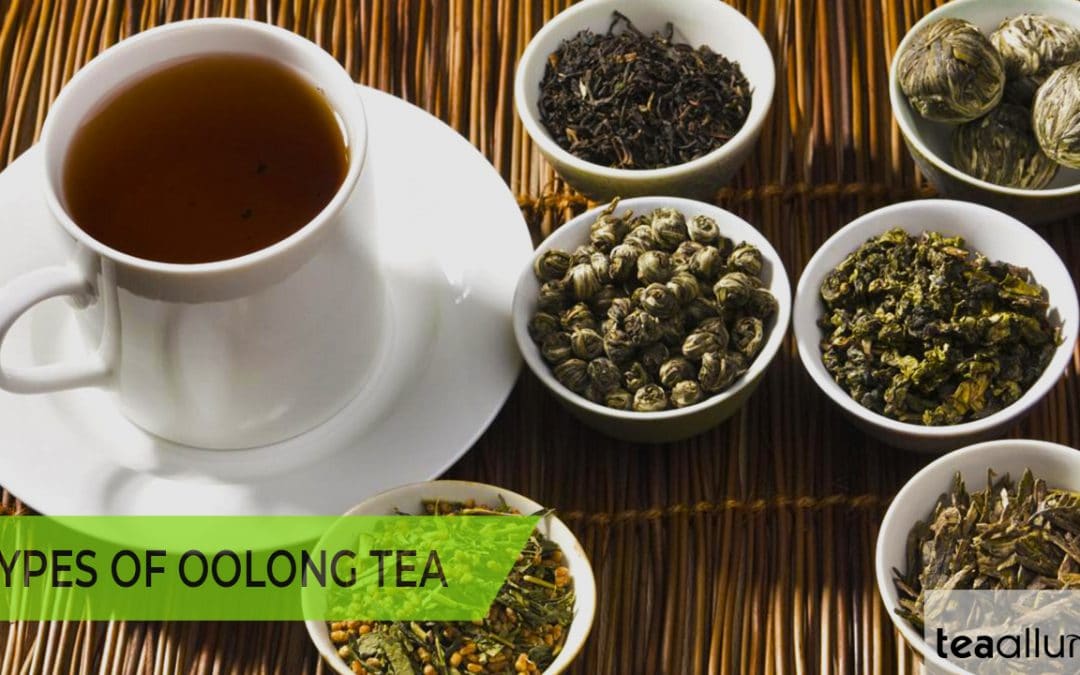


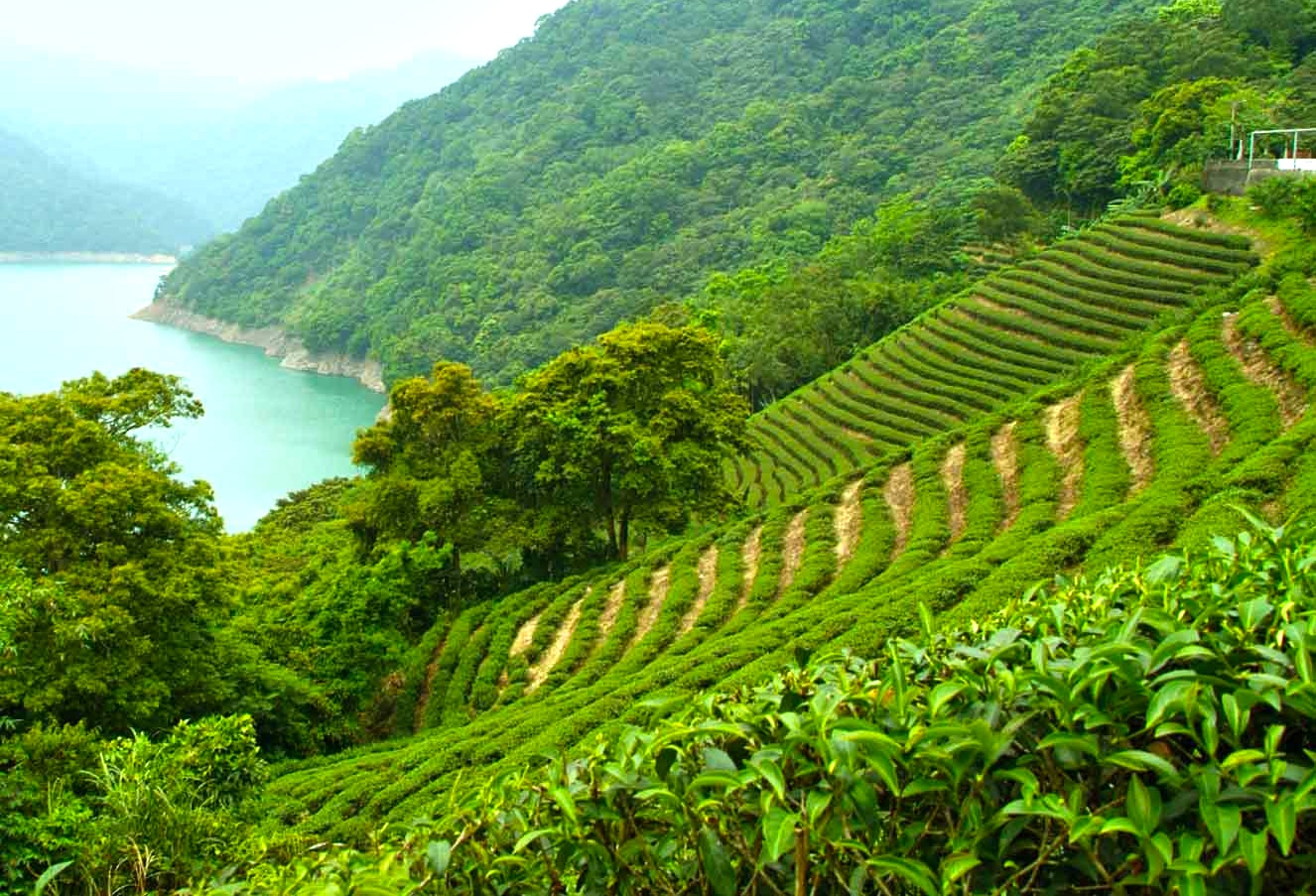
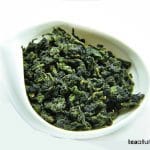

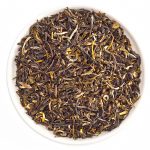
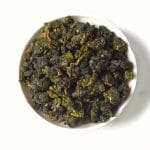
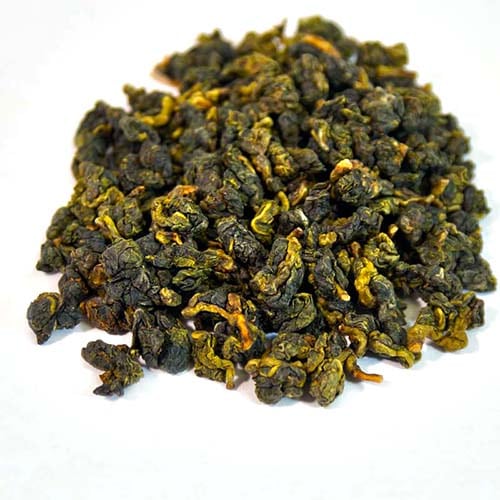
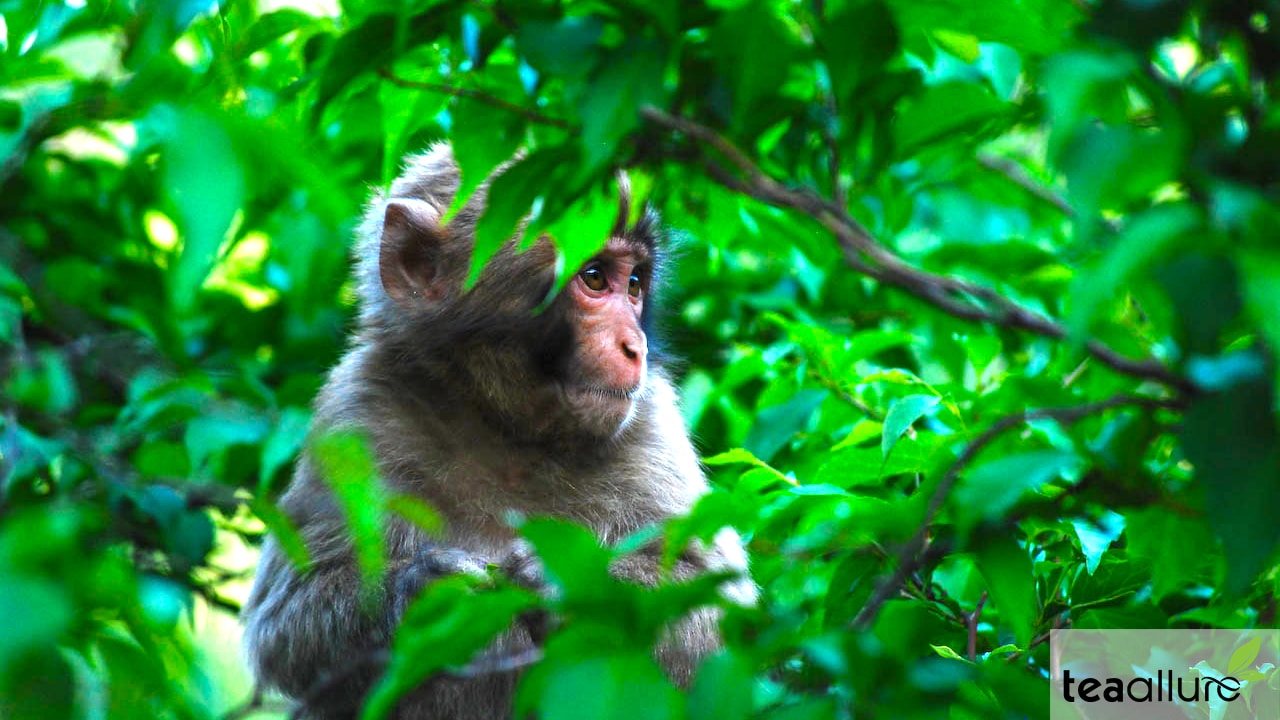

 Hi, my name is Abigail Bradley, founder of TeaAllure. Tea is my passion, and this blog is dedicated to provide all the information for this marvelous gift of nature.
Hi, my name is Abigail Bradley, founder of TeaAllure. Tea is my passion, and this blog is dedicated to provide all the information for this marvelous gift of nature.